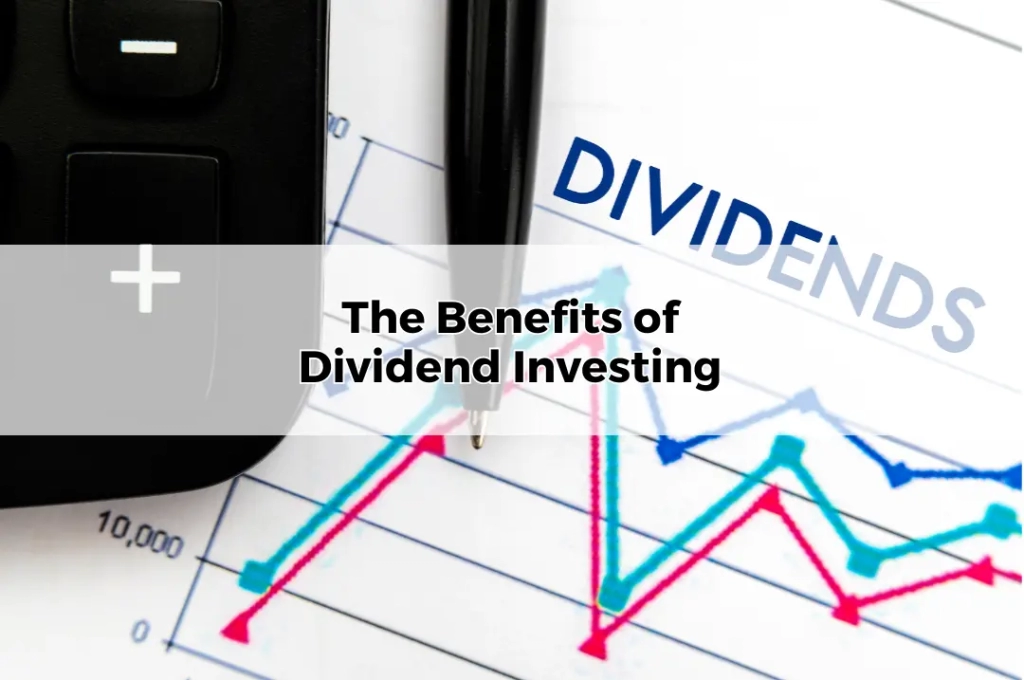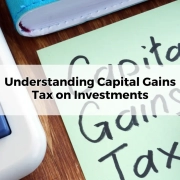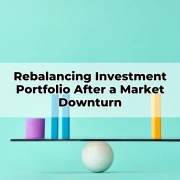The Benefits of Dividend Investing
Table of Contents
ToggleDividend investing has long been a favoured strategy for building wealth and generating income. In Australia, this approach holds particular appeal due to the unique tax advantages and the stability offered by many dividend-paying companies. Understanding the benefits of dividend investing can help investors make informed decisions and enhance their financial portfolios.
Understanding Dividends
Dividends are payments made by a corporation to its shareholders, usually derived from profits. There are various types of dividends, including cash dividends, share dividends, and special dividends. Companies typically distribute dividends on a regular schedule, such as quarterly or semi-annually, providing a consistent income stream for investors.
The Appeal of Dividend Investing
One of the primary attractions of dividend investing is the steady income stream it provides. This can be particularly beneficial for retirees or those seeking passive income. Additionally, dividend-paying shares often belong to established companies with a history of profitability and growth, offering potential for capital appreciation over time.
Tax Advantages
In Australia, dividend investing is highly tax-efficient due to the franking credits system. Franking credits are tax offsets provided by companies that have already paid corporate tax on their profits. When these companies distribute dividends, shareholders can use franking credits to reduce their tax liability, making dividends a particularly attractive income source.
Dividend Reinvestment Plans (DRPs)
Many companies offer Dividend Reinvestment Plans (DRPs), allowing shareholders to reinvest their dividends into additional shares of the company instead of receiving cash. DRPs can significantly boost an investor’s holdings over time, enhancing the benefits of compounding without the need for additional capital outlay.
Selecting Dividend-Paying Shares
Choosing the right dividend-paying shares involves evaluating several key metrics. The dividend yield, which measures the annual dividends paid relative to the share price, and the payout ratio, which indicates the proportion of earnings paid out as dividends, are crucial factors. These metrics help assess the sustainability and attractiveness of a dividend.
Diversification with Dividend Shares
A well-diversified portfolio of dividend shares can provide balanced exposure to various sectors and industries. Diversification reduces risk by spreading investments across different market segments, ensuring that the performance of any single share or sector does not overly impact the overall portfolio.
The Role of Dividends in Retirement Planning
For retirees, dividends offer a reliable income source that can supplement other retirement savings. The predictability of dividend payments helps maintain financial stability, making it easier to manage expenses and plan for the future. Long-term dividend growth also supports the preservation of purchasing power over time.
Risks and Challenges
Despite their benefits, dividend investing carries risks. Market volatility can affect share prices and dividend yields. Additionally, companies may reduce or eliminate dividends in response to financial challenges, impacting the expected income. Investors should carefully evaluate the sustainability of dividends and the financial health of dividend-paying companies.
Case Studies of Successful Dividend Shares
Examining successful dividend shares can provide valuable insights. For instance, companies like Commonwealth Bank of Australia (CBA) and BHP Group have delivered consistent dividends over the years, reflecting strong financial performance and commitment to returning value to shareholders. These case studies highlight the importance of selecting robust, well-managed companies.
Getting Started with Dividend Investing
To begin dividend investing, start by researching and selecting high-quality dividend-paying shares. Utilise financial tools and resources to analyse dividend metrics and company performance. Consider consulting with a financial adviser to develop a tailored investment strategy that aligns with your financial goals and risk tolerance.
Conclusion
Dividend investing offers numerous benefits, from generating a steady income stream to taking advantage of tax efficiencies and compounding growth. By understanding the principles and strategies behind dividend investing, Australian investors can build resilient, income-generating portfolios that support their long-term financial objectives. For those ready to explore this rewarding investment approach, now is the perfect time to dive in and start reaping the benefits.









